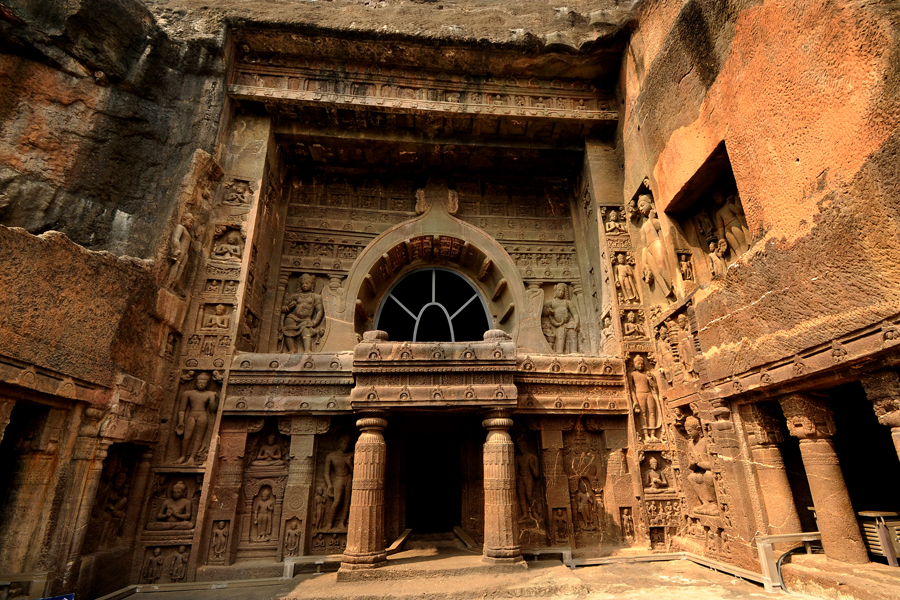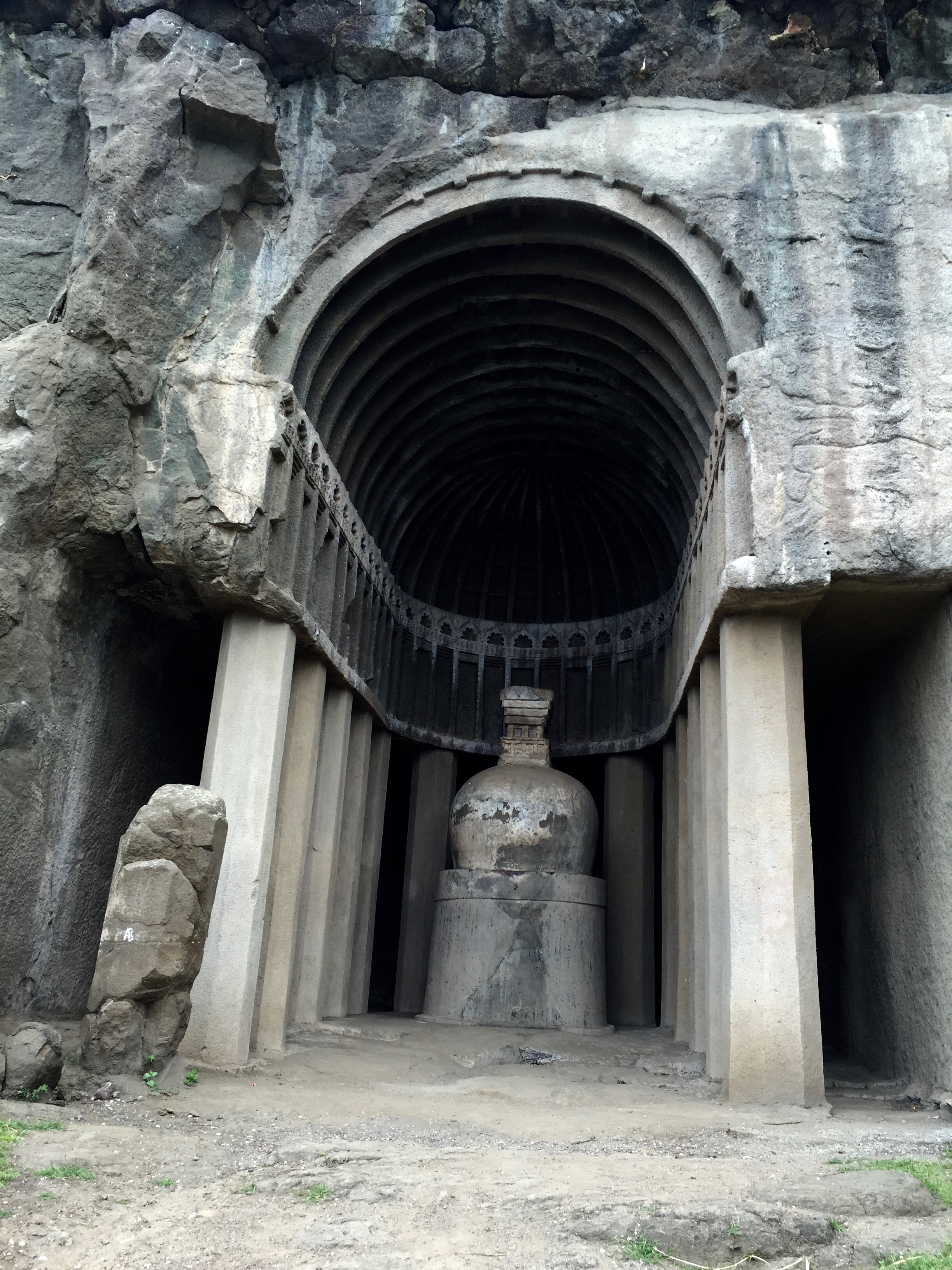The Ajanta Caves, carved into the volcanic rock of Maharashtra's Sahyadri hills, represent one of humanity's most remarkable artistic and architectural achievements. These 30 rock-cut caves, dating from the 2nd century BCE to the 5th century CE, remained hidden from the world for over a millennium until their chance discovery in 1819 by John Smith, a British officer on a tiger-hunting expedition. The dramatic moment of rediscovery marked the beginning of a new chapter in art history, bringing to light an unprecedented treasure trove of ancient Buddhist art and architecture.
The creation of these magnificent caves occurred in two distinct phases, each reflecting different periods of Buddhist influence and artistic development. The first phase, spanning from the 2nd century BCE to the 1st century CE, saw the creation of the earliest caves under the patronage of the Satavahana dynasty. These initial excavations, primarily caves 9, 10, 12, 13, and 15A, focused on Buddhist worship and monastic life, featuring simpler architectural designs and aniconic representations of the Buddha. The second phase, during the Vakataka dynasty's rule in the 5th century CE, particularly under Emperor Harishena, witnessed an explosion of artistic sophistication and architectural complexity.
The technological and artistic mastery required to create these caves was extraordinary. Ancient artisans began their work at the top of the cliff face, carefully carving downward using basic tools like hammers and chisels. They transformed solid rock into intricate architectural elements: soaring pillars, elaborate facades, and detailed sculptures. The caves served dual purposes as viharas (monasteries) and chaitya-grihas (prayer halls). The viharas typically featured a central hall surrounded by small cells for monks, while the chaitya-grihas were distinguished by their apsidal shape and central stupas. The architectural precision is remarkable - perfect right angles, level floors, and smooth walls were achieved without modern surveying equipment.
The paintings adorning the cave walls and ceilings represent the pinnacle of ancient Indian art. Created using a complex technique, artists first applied multiple layers of plaster to the rock surface. They then painted while the plaster was still wet, allowing the pigments to bond permanently with the surface. The color palette, derived entirely from natural materials, included vivid reds from ochre, blues from lapis lazuli, and greens from terra verde. These paintings serve as windows into ancient Indian life, depicting not only Buddhist themes and Jataka tales but also providing detailed glimpses of courtly life, fashion, and social customs of the period.
The caves' historical significance extends far beyond their artistic value. They served as important centers of Buddhist learning and cultural exchange along ancient trade routes. Chinese pilgrim Xuanzang's detailed accounts from his 7th-century visit provide valuable insights into the caves' role in Buddhist scholarship and monastic life. The site's rediscovery in the 19th century sparked a renaissance in the study of Indian art and profoundly influenced modern understanding of Buddhist iconography and ancient Indian civilization. The caves' UNESCO World Heritage status, granted in 1983, acknowledges their exceptional universal value.
The artistic legacy of Ajanta has influenced generations of artists and continues to inspire contemporary creators. The paintings' distinctive style, characterized by graceful flowing lines, sophisticated use of perspective, and emotional depth, established techniques that would influence Indian art for centuries. Some of the most celebrated works include the Bodhisattva Padmapani in Cave 1, renowned for its serene beauty, and the poignant scene of the dying princess in Cave 16. The evolution of Buddhist iconography is clearly visible through the caves, from early symbolic representations to later elaborate Buddha images and bodhisattva figures.
Modern conservation efforts face significant challenges in preserving these ancient masterpieces. Environmental factors, including temperature fluctuations and humidity, threaten the delicate paintings. The Archaeological Survey of India employs cutting-edge technology to monitor and protect the site, including specialized lighting systems and climate control measures. Tourism management presents another challenge, requiring a delicate balance between accessibility and preservation. Despite these challenges, the caves continue to serve as an invaluable resource for scholars and a source of inspiration for visitors from around the world.
The Ajanta Caves remain a testament to human creativity and spiritual devotion. Their exquisite artworks and architecture continue to captivate visitors, offering insights into ancient Indian civilization's artistic, religious, and cultural achievements. As modern technology enables deeper study of these caves, new details about their creation and meaning continue to emerge, ensuring that Ajanta remains relevant in our understanding of human artistic and spiritual evolution.







